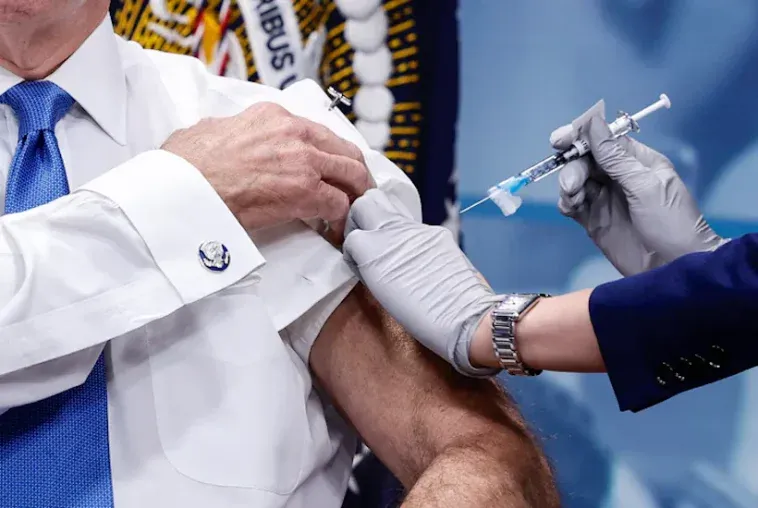(Spectator Australia) What is in the Pfizer vaccines? Recently, Dr David Nixon, a Brisbane GP, decided to find out, putting droplets of vaccine and the blood of vaccinated patients under a dark-field microscope.
That’s a more radical decision than it might sound. According to Sasha Latypova, a scientist with 25 years of experience in clinical trials for pharmaceutical companies, the contract between Pfizer and the US government prohibits independent researchers from studying the vaccines. They claim it would ‘divert’ these precious resources away from their intended use fulfilling an ‘urgent’ need.
Is that true in Australia? Who knows? All the Commonwealth Department of Health has said about its contract with Pfizer is that it is commercial-in-confidence.
The Therapeutic Goods Administration performs tests on all Covid vaccines for composition and strength, purity and integrity, identity and endotoxins, but it provides scant details other than the batch numbers tested and whether they passed. (Spoiler alert: they did.)
In the US, the Centers for Disease Control specifically states that all Covid-19 vaccines are free from ‘metals, such as iron, nickel, cobalt, lithium, and rare earth alloys’ and ‘manufactured products such as micro-electronics, electrodes, carbon nanotubes, and nanowire semiconductors’.
Notably, this list does not include graphene oxide which has been widely investigated for biomedical applications. Some researchers sing its praises, its ‘ultra-high drug-loading efficiency due to the wide surface area’, its exceptional ‘chemical and mechanical constancy, sublime conductivity and excellent biocompatibility’. But there’s a catch. ‘The toxic effect of graphene oxide on living cells and organs’ is ‘a limiting factor’ on its use in the medicine.
So is there graphene oxide in the Pfizer shots? What Nixon found, and filmed, is bizarre to say the least. Inside a droplet of vaccine are strange mechanical structures. They seem motionless at first but when Nixon used time-lapse photography to condense 48 hours of footage into two minutes, it showed what appear to be mechanical arms assembling and disassembling glowing rectangular structures that look like circuitry and micro chips. These are not ‘manufactured products’ in the CDC’s words because they construct and deconstruct themselves but the formation of the crystals seems to be stimulated by electromagnetic radiation and stops when the slide with the vaccine is shielded by a Faraday bag. Nixon’s findings are similar to those of teams in New Zealand, Germany, Spain and South Korea.
An Italian group led by Riccardo Benzi Cipelli analysed the blood of over 1,000 people, one month after they were vaccinated, who had been referred for tests because they had experienced side effects. They ranged in age from 15 to 85 and had had between one and three doses. More than 94 per cent had abnormal readings, deformed red blood cells, reduced in counts and clumped around luminescent foreign objects which also attracted clusters of fibrin. Some of the foreign objects dotted the blood like a starry night, some self-assembled into crystalline structures and others into spindly branches and tubes.
The Italians think the objects are metallic particles and say they resemble ‘graphene oxide and possibly other metallic compounds’. They believe the damaged blood is contributing to post-vaccine coagulation disorders, which in turn contribute to increased malignancies, while graphene-family materials are associated with oxidative stress, DNA damage, inflammation and damage to those parts of the immune system that suppress tumours.
The artificial mRNA concoction which is ‘cloaked’ from the recipient’s immune system is also likely to reduce the recipients immune function, increasing the likelihood of new or recurring tumours.






